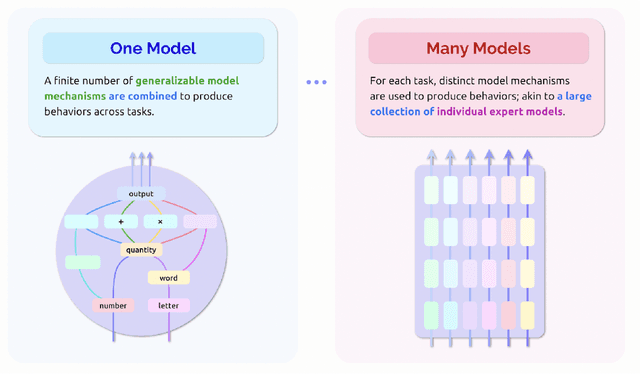Nic Fishman
The Fragility of Fairness: Causal Sensitivity Analysis for Fair Machine Learning
Oct 15, 2024Abstract:Fairness metrics are a core tool in the fair machine learning literature (FairML), used to determine that ML models are, in some sense, "fair". Real-world data, however, are typically plagued by various measurement biases and other violated assumptions, which can render fairness assessments meaningless. We adapt tools from causal sensitivity analysis to the FairML context, providing a general framework which (1) accommodates effectively any combination of fairness metric and bias that can be posed in the "oblivious setting"; (2) allows researchers to investigate combinations of biases, resulting in non-linear sensitivity; and (3) enables flexible encoding of domain-specific constraints and assumptions. Employing this framework, we analyze the sensitivity of the most common parity metrics under 3 varieties of classifier across 14 canonical fairness datasets. Our analysis reveals the striking fragility of fairness assessments to even minor dataset biases. We show that causal sensitivity analysis provides a powerful and necessary toolkit for gauging the informativeness of parity metric evaluations. Our repository is available here: https://github.com/Jakefawkes/fragile_fair.
Metropolis Sampling for Constrained Diffusion Models
Jul 11, 2023



Abstract:Denoising diffusion models have recently emerged as the predominant paradigm for generative modelling. Their extension to Riemannian manifolds has facilitated their application to an array of problems in the natural sciences. Yet, in many practical settings, such manifolds are defined by a set of constraints and are not covered by the existing (Riemannian) diffusion model methodology. Recent work has attempted to address this issue by employing novel noising processes based on logarithmic barrier methods or reflected Brownian motions. However, the associated samplers are computationally burdensome as the complexity of the constraints increases. In this paper, we introduce an alternative simple noising scheme based on Metropolis sampling that affords substantial gains in computational efficiency and empirical performance compared to the earlier samplers. Of independent interest, we prove that this new process corresponds to a valid discretisation of the reflected Brownian motion. We demonstrate the scalability and flexibility of our approach on a range of problem settings with convex and non-convex constraints, including applications from geospatial modelling, robotics and protein design.
Diffusion Models for Constrained Domains
Apr 11, 2023Abstract:Denoising diffusion models are a recent class of generative models which achieve state-of-the-art results in many domains such as unconditional image generation and text-to-speech tasks. They consist of a noising process destroying the data and a backward stage defined as the time-reversal of the noising diffusion. Building on their success, diffusion models have recently been extended to the Riemannian manifold setting. Yet, these Riemannian diffusion models require geodesics to be defined for all times. While this setting encompasses many important applications, it does not include manifolds defined via a set of inequality constraints, which are ubiquitous in many scientific domains such as robotics and protein design. In this work, we introduce two methods to bridge this gap. First, we design a noising process based on the logarithmic barrier metric induced by the inequality constraints. Second, we introduce a noising process based on the reflected Brownian motion. As existing diffusion model techniques cannot be applied in this setting, we derive new tools to define such models in our framework. We empirically demonstrate the applicability of our methods to a number of synthetic and real-world tasks, including the constrained conformational modelling of protein backbones and robotic arms.
Should attention be all we need? The epistemic and ethical implications of unification in machine learning
May 09, 2022
Abstract:"Attention is all you need" has become a fundamental precept in machine learning research. Originally designed for machine translation, transformers and the attention mechanisms that underpin them now find success across many problem domains. With the apparent domain-agnostic success of transformers, many researchers are excited that similar model architectures can be successfully deployed across diverse applications in vision, language and beyond. We consider the benefits and risks of these waves of unification on both epistemic and ethical fronts. On the epistemic side, we argue that many of the arguments in favor of unification in the natural sciences fail to transfer over to the machine learning case, or transfer over only under assumptions that might not hold. Unification also introduces epistemic risks related to portability, path dependency, methodological diversity, and increased black-boxing. On the ethical side, we discuss risks emerging from epistemic concerns, further marginalizing underrepresented perspectives, the centralization of power, and having fewer models across more domains of application
 Add to Chrome
Add to Chrome Add to Firefox
Add to Firefox Add to Edge
Add to Edge